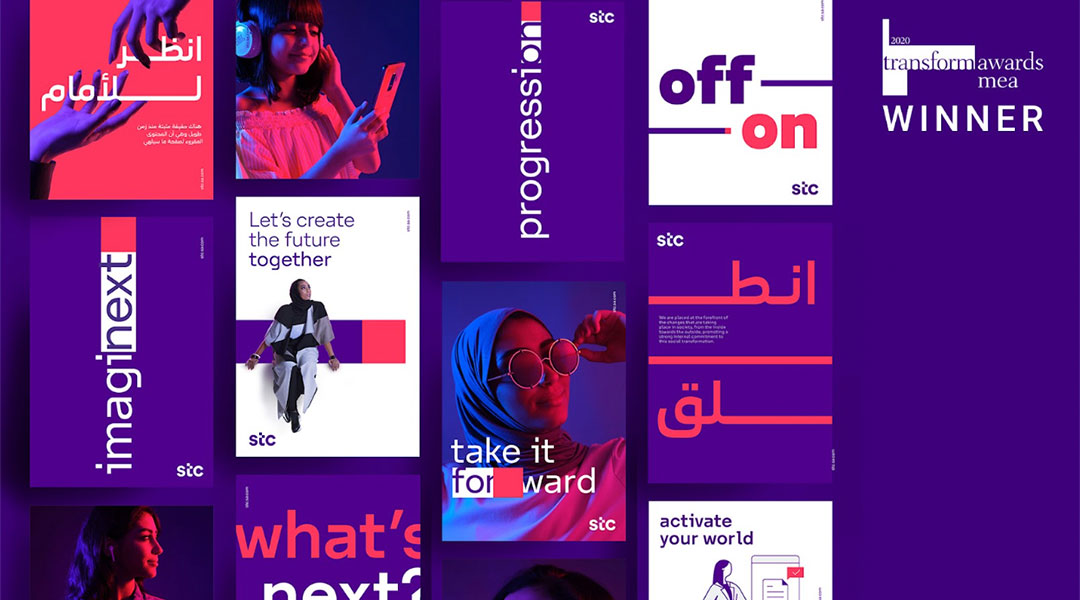Events and experiences have always been crucial to the messaging element of your brand strategy. It is not possible to rely on the strength of products and services alone. Brand experiences provide interactive moments. These entice potential customers, strengthen relationships with existing customers, and promote engagement and brand loyalty.
One of the greatest problems that brands are facing as a result of the coronavirus pandemic is the cancellation of their in-person, interactive brand experiences. Fashion shows, sponsored sporting events, trade shows, and client dinners are all examples of the many curtailed events.
The present and the future
COVID-19 has very much narrowed down the opportunities for brands to interact with the public. And is this problem even temporary? When the coronavirus pandemic ends, will people want to return to a pre-COVID 19 way of life? Will people still want to attend events in person? We don’t yet know how long-term and how fundamentally transformative this experience is going to be.
Businesses need to think smart. Moving online to virtual brand experiences is vital right now — first, as a way of regaining those valuable interactions with customers and clients in the short-term, and second, as an investment for a possibly very different future.
What is a virtual brand experience?
A brand experience (sometimes referred to as experiential marketing) is a specific moment designed to create a valuable customer interaction. This might be through a trade stand, an in-store experience or an event sponsorship, for example. However, successful brand experiences go beyond just showing a product or demonstrating a service; they are multi-sensory, interactive and immersive.
A virtual brand experience moves the brand experience online. Interactions with consumers rely on technology and are not bound by a specific location or even time. A virtual brand experience shouldn’t be seen as second best to in-person interactions. Removing geographical and time constraints has a huge potential to increase audience reach.
4 ways brands are already using virtual experiences
Major brands are already using virtual experiences successfully. Here are some examples:
Enabling product visualization through digital overlay
Augmented reality technology is allowing potential consumers the ability to try products before they buy. Some examples:
- Gucci customers can “try on” as many shoes as they like without leaving home with the help of their smartphone. A digital overlay is used to make the shoes magically appear on the user’s feet. A screenshot feature enables social media sharing.
- IKEA customers can place virtual furniture in their own homes using an app.
- Dulux helps customers visualize paint color on the walls of their home without the hassle of painting on tester pots.
- L’Oreal Modiface enables customers to test out different products and shades of make-up through digital overlaying.
Twinning physical and virtual spaces
Creating virtual versions of real spaces is opening up opportunities for people to explore from the comfort of their sofa.
Virtual vehicle demos are a popular example. Potential customers can book a virtual demo alongside a call with a representative who helps them navigate the vehicle’s features and answers questions as they explore.
The use of virtual tours has enormous potential for the travel and tourism industry, for zoos, museums, and education campuses. Virtual tours surged in popularity during lockdown. Amongst the most popular were Disney World’s 360-degree experience and San Diego Zoo’s live streaming.
Providing compelling gamification experiences
Providing gaming experiences can be hugely successful.
Nike launched its React shoe in Shanghai with an in-store virtual environment. Customers were able to wear the shoe on a treadmill to run through virtual streets and climb buildings. Lancôme produced an app-based AR (augmented reality) scavenger hunt game to celebrate Chinese New Year where participants were in with a chance of winning products. Both campaigns generated much excitement and interest.
Holding virtual events and gatherings
Virtual events can be anything from small, intimate gatherings to large-scale, global events.
Google’s I/O event is an example of a marketing event that had already moved partially online pre-pandemic. Live feeds of headline speakers were filmed with a 360-degree camera, for example, enabling those at-home attendees to immerse themselves in the experience.
Virtual events have enormous potential even for small businesses courting just a few people. For example, host an intimate cocktail hour with entertainment through a livestream, deliver catering and treats, and reconnect with loyal customers.
5 tips for creating your own virtual brand experience
Much of the advice for creating a successful virtual brand experience is identical to that for any kind of experiential marketing.
1. Consistency is key as always
Your virtual experience should align fully with your overall branding strategy. This strategy should always incorporate your company vision, its values and its identity. Your virtual experience must relate to your brand strategy, otherwise you risk confusing or alienating your customer base. Consistency applies to both content and visual design aspects.
2. Find your customers online
If you don’t already, you must find where your customer base is online. Is it on Instagram, LinkedIn, YouTube, or somewhere else? This is where you need to be inserting your brand message and making yourself heard.
And these channels are where you need to promote your virtual brand experience. Unlocking your customers’ engagement preferences will help build the connections you need right now.
3. Deliver a dynamic, high-quality experience
Focus on customer satisfaction. Where possible, make your virtual experience solutions-focused. In these socially distant times, how can you best showcase your product or service? How can you make your customer journey more straightforward?
4. Focus on interactive content
Tap into fun, appealing, and above all, interactive content that improves customer engagement and brand affinity. Can your virtual experience provoke an emotional reaction? Can it start a conversation? Make sure to promote social media sharing and create a buzz.
5. Reach out to the experts
Creating a virtual brand experience that is both technologically slick and aligned with your branding strategy is no easy task. As a leading communications agency in Dubai, this is where we can help you. Get in touch to find out how we can help you reach your goals.



